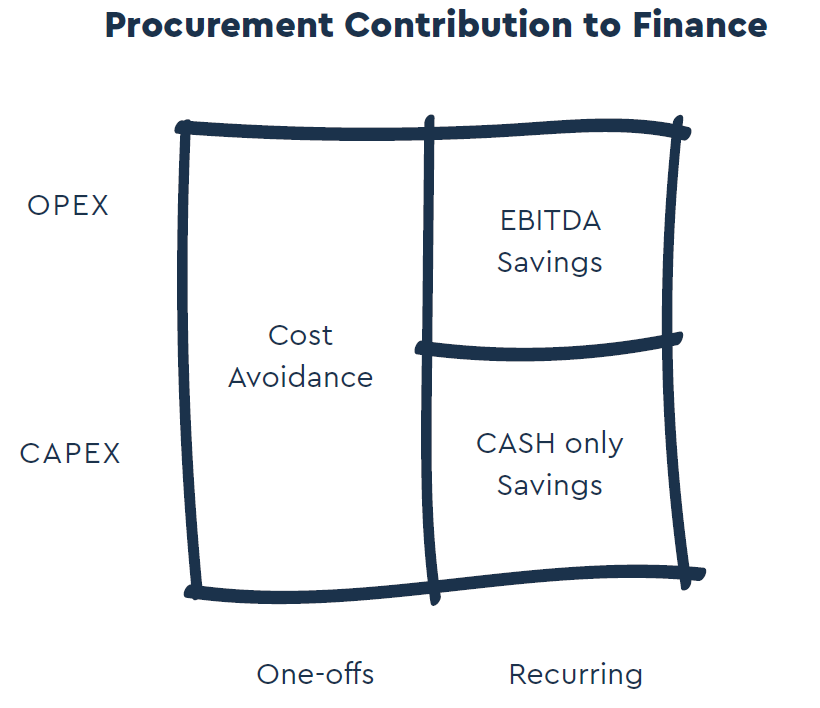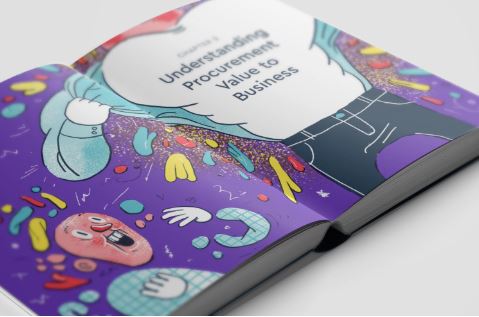In many organizations, the relationship between finance and procurement is somewhere between unfriendly and hostile.
Some problems are the lack of a common language and terminology and a poor understanding of their mutual goals. But it doesn’t have to be like that.
They both want to deliver cost savings, improve processes and limit risk so that they can add value to the business. Sometimes they don’t manage to agree on how to achieve this.
In this article, we'll give our opinions on the role of Procurement and Finance in cost savings, and how the two functions can work better together.
The role of Procurement: Procurement is still misunderstood in many businesses. It is not about getting the lowest price today but achieving value for money from its supply base over the longer term. The role of procurement is to spend the organization’s money to the best advantage. Educating finance on the value procurement can bring to the overall business is also its responsibility.
The role of Finance: Finance managers are concerned about profitability, working capital, and cash flow. They are no longer bookkeepers. They want to see that the cost savings delivered by procurement are measured and reported accurately so that they will have a positive impact on the bottom line.
See how the SavingsBridge can close the communication gap regarding savings
The Importance of Cost Reductions
In most companies, there is a big focus on cost savings. The more money we save, the better our performance and return on investment (ROI). Because procurement and finance often work in silos, organizations are unaware of their overall external spend and the potential for cost reductions.
Poor historical spend analysis and the lack of attention to supplier management lead to ineffective sourcing and wasted money.
Cost Reduction Challenges
As finance and procurement have two different viewpoints, several challenges can arise in achieving sustainable cost reductions.
 Procurement needs to talk the language of finance
Procurement needs to talk the language of finance
How cost savings are calculated
When procurement teams talk about cost savings, they usually mean price reductions. When finance hears cost savings, they expect to see an annual reduction in expenditure from the previous year.
Procurement often includes savings achieved by cost avoidance (restricted cost increases and obtaining “value-added” services from existing suppliers). Still, finance does not usually accept these as savings.
Balancing payment terms and supplier relationships
Finance may suggest extending payment terms to 90 or more days. This improves cash flow, but there may be consequences. Supplier relationships become strained. Suppliers raise prices to compensate for slower payments. A reputation as a lousy payer can result in fewer suppliers willing to do business with you.
The carrying cost of inventory
Finance wants to keep inventories low and regularly monitors the value of its stock holdings. Procurement’s role is to understand the needs of stakeholders and how stock-outs affect operational realities.
Ideally, finance and procurement teams should work together towards the same organizational goals, i.e., to reduce costs, manage risk, and have smooth processes. How can they do this?
Collaboration based on savings

Start with open communication
The relationship between the Chief Financial Officer (CFO) and the Chief Procurement Officer (CPO) can be one of the most powerful alliances in an organization. Some people say that procurement and finance should be like a married couple, where they support one another through good and bad times.
Finance and Procurement teams need to be in constant communication in all types of organizations at all levels. Opening up the communication lines can have a powerful effect on the company’s success leading to more savings, improved demand planning, and a better understanding of the supplier base.
Identify savings ideas through spend analysis
Finance cannot adequately plan and prepare budgets without analyzing and understanding external spend. Procurement can provide valuable insights on opportunities for improvement with this historical information.
Agree on how to report cost savings
A standard savings language for procurement and finance is a crucial step to building trust and accountability among stakeholders and end-users. As partners, they must agree on measuring and reporting cost savings before initiating cost reduction programs.
What should procurement people do?
It’s up to everyone in the profession to help finance understand the wider purpose of procurement and appreciate how it maintains and improves business performance. Procurement people have traditionally been poor at promoting a positive image of their achievements and can do more to build their internal reputation.
What can finance people do?
Finance professionals need to communicate their strategic goals to procurement to ensure alignment. Cost savings may be the primary aim of procurement, but managing risk, building supplier relationships, and streamlining processes are also key responsibilities for both parties.
When finance focuses only on budgets and unit cost reduction, they can drive procurement into behavior that does not deliver user satisfaction.
Many companies fail to facilitate a good working relationship between finance and procurement even though each party can deliver better results if they work together towards the business's financial success.
Would you like to read more? See how Procurement can prove its contribution to Finance with love and hard data.
Read Procurement Loves Finance - the guidebook with over 10,000 readers across the globe.






